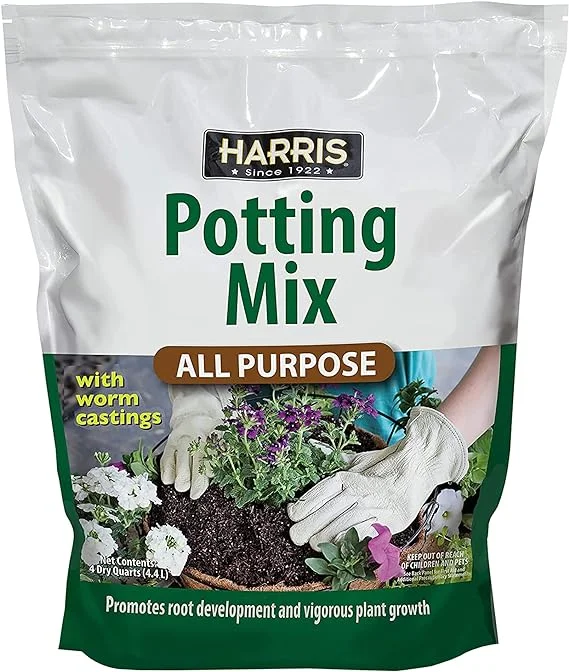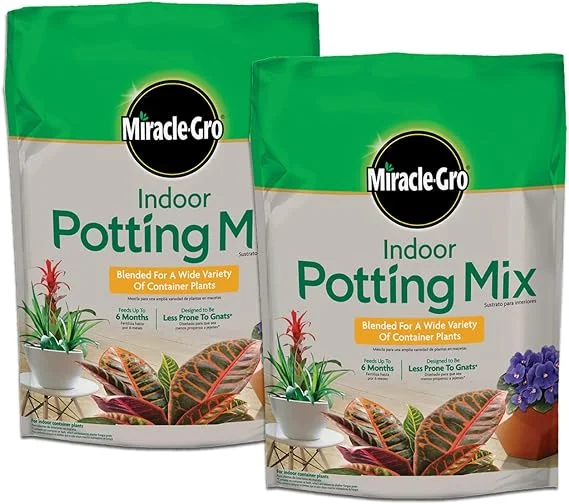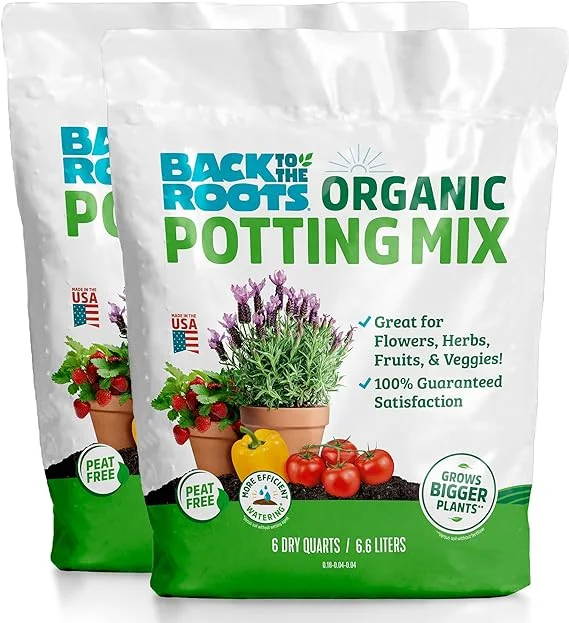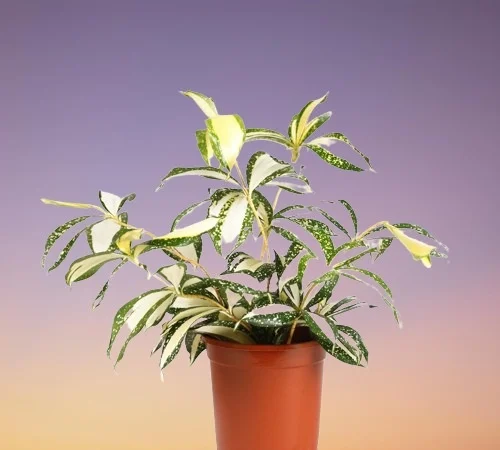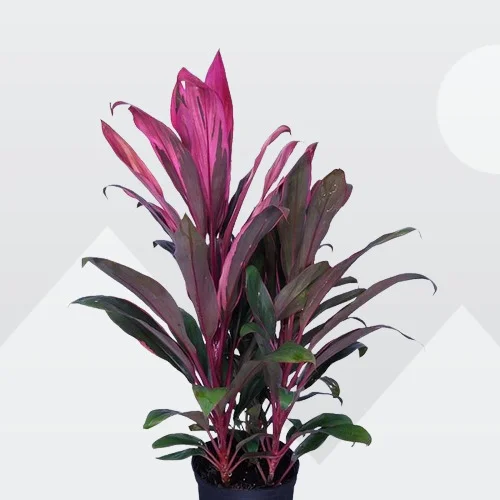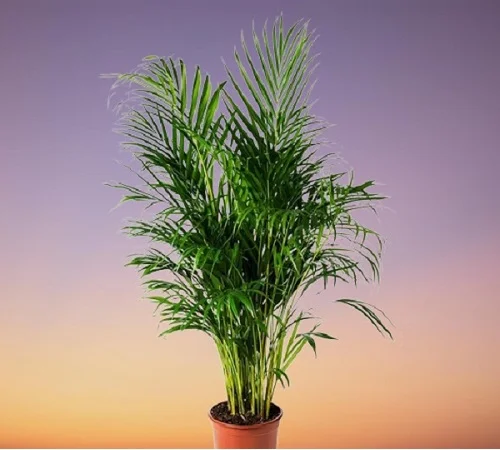How to Grow and Care for Corn Palm (Dracaena fragrans) Indoors
Some links in this post may be affiliate links
Corn Palm (Dracaena fragrans) grows best in bright indirect light (dappled light), average warmth, moderate humidity and consistently moist, rich, well-drained soil coupled with monthly feeding in the growing season.
Dracaena fragrans also called Corn Plant, Striped Dracaena, Compact Dracaena or Cornstalk Dracaena is one of the popular Dracaena varieties on account of its glossy, large, green leaves with yellow stripes and its ablity to adapt to a wide range of growing conditions.
Corn Plant sheds the lower leaves as it grows, leaving a bare stem with a cluster of leaves at the top which makes it look like a palm, hence the common name.
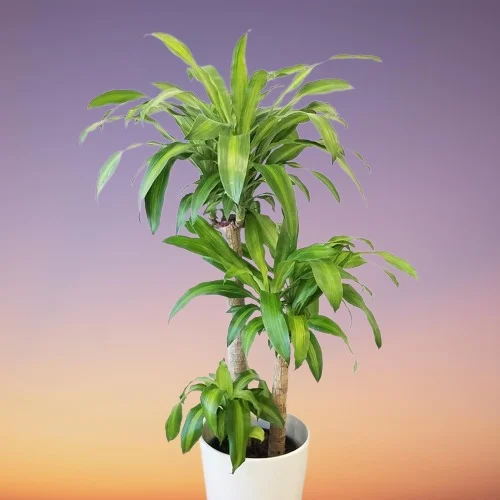
Botanical name: Dracaena fragrans
Family: Asparagaceae
Subfamily: Nolinoideae
Common names: Corn Palm, Corn Plant, Striped Dracaena, Compact Dracaena, Cornstalk Dracaena
Origin
Dracaena fragrans has its origins in tropical Africa, from Sudan south to Mozambique, west to Côte d'Ivoire and southwest to Angola. It is among the best tropical foliage plants that you can grow in any space.
Size
Corn Palm is a slow grower, growing 6 feet high and about 2 feet wide making it one of the best large low-light plants for the living room as it will stand out in any space.
Flowers
Corn Plant may not flower when grown indoors. However, under the right growing conditions, the mature plant (above 5 years old) may bloom up to three times a year.
Dracaena fragrans flowers look-like white, spike balls and have a sweet fragrance. They are borne on a tall flowerstalk which emerges from the center of the rosette of leaves.
Varieties
Several varieties of Dracaena fragrans are available. One of them is Dracaena fragrans massangeana; with it corn-color central band outsells all the others. Other common varieties are Dracaena fragrans lindenii and Dracaena fragrans victoria among others.
Air Cleaning
According to the NASA Clean Air Study, Dracaena fragrans is among the best air-cleaning plants; it removes xylene, toulene, benzene, formaldehyde and trichloethylene from indoor air.
Is Dracaena fragrans poisonous?
Dracaena fragrans is toxic to both humans and pets according to ASPCA. The leaves contain alkyds which if ingested may cause vomiting and excessive salivation.
Where to Buy
Corn Plant is an excellent addition to any plant collection. You may acquire these plants online from Amazon (Link to Amazon).
How do you take care of a Corn Palm Tree indoors?
Caring for a Corn Palm entails providing it with bright indirect light (dappled light), average warmth of 16-280C, moderate humidity of 50-55% and consistently moist, rich, well-drained soil coupled with monthly feeding during the growing season.
Dracaena fragrans care indoors requires repotting when the roots begin to grow through the drainage holes. Pruning is necessary to keep the plant neat, to minimize pests and diseases, to encourage a compact growth and to rejuvenate growth. Keep reading for more on these growing conditions and how to provide them.
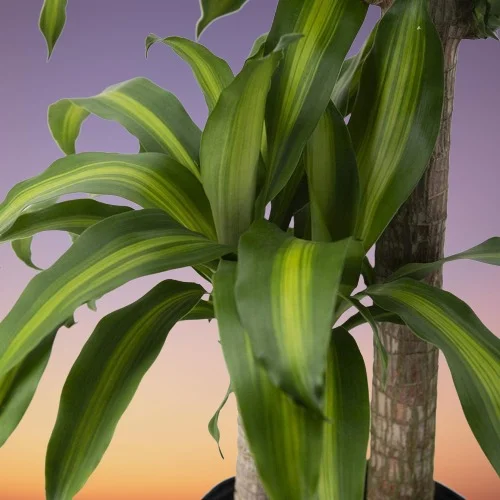
Watering
How often should I water Corn Plant?
Do not water your Corn Plant on a schedule to avoid overwatering or underwatering.
Water your Corn Plant thoroughly during the growing season and allow the top 1-2 inches of soil to dry out between waterings. Keep the soil consistently moist but not soggy to avoid yellowing and rotting.
Decrease watering in the cold season to maintain the soil slightly moist. Never allow the soil to dry out completely as it can lead to wilting and brown leaf tips and edges.
Ascertain that the pot has a drainage hole to prevent the soil from getting soggy as it can result in root-rot and death of the plant.
Dracaena fragrans is a tropical plant, therefore, water it with water that is at room temperature to avoid shocking it.
Use water that is free of chlorine, flourides and other chemicals to prevent brown leaf tips.
Light Requirements
How much light does a Corn Palm need?
Corn Palm thrives in bright indirect light (filtered light). Keep it away from direct sunlight to prevent scorching and death of the leaves. It can tolerate some shade but the growth will be much slower.
Too little light will result in slow growth and faded leaf color. Therefore, move the plant to a brighter spot or use a grow light for supplemental light.
Pro tip: Regularly rotate the pot to ensure that the plant receives light on all sides for a balanced growth and to prevent leggy growth.
Temperature and Humidity
Corn Plant prefers an average warmth of 16-280C. Keep it away from cold drafts to prevent reduced growth and brown leaf tips and edges.
Corn Palm prospers in average humidity of 50-55%. However, if the air is too dry it will develop brown leaf tips and edges. To elevate humidity, set the pot on a wet pebble tray, use a humidifier or group the plants together.
Pro tip: Avoid misting and ensure that there is good air circulation for the plant to minimize occurence of fungal diseases.
Fertilizer (Feeding)
What is the best fertilizer for Corn Plants?
Feed Corn Plants with a balanced, water-soluble fertilizer every 4 weeks during the growing period (spring and summer) to encourage a lush growth.
Do not feed in the cold season (fall and winter) as growth is reduced and feeding at this time can lead to fertilizer burn which is indicated by brown leaf tips.
Flush out accumulated salts from the soil every 1-2 months by running a stream of water through the soil until it drips through the drainage hole.
Potting Mix
What kind of soil do Corn Plants like?
The best soil for Corn Plants should be a well-draining, nutrient-rich soil to prevent root-rot. A mix of 50% potting soil, 30% peat moss or coco coir (for moisture retention) and 20% perlite or sand (for aeration) is ideal for this plant.
Repotting
When to repot Corn Plant
Repot your Corn Palm at the beginning of the growing season when roots begin to grow through the drainage holes as it prefers to be slightly root-bound.
How to repot a Corn Plant
- Select a pot at least 2 inches wider than the tree-trunk. Ensure that the pot has a drainage hole to avoid getting soggy soil to avoid root-rot. Take a look at these pots with drainage holes on Amazon.
- Fill the pot halfway with a well-draining soil, moisten it lightly and make a hole in the center of the pot.
- Slip the plant out of its pot, remove most of the old soil from the roots, loosen the roots and trim dead roots.
- Place the plant in the previously made hole while making sure to maintain it as the same soil level as it was in the previous pot.
- Water the soil throughly and replace the plant to its usual location.
Pruning & Grooming
Pruning Corn Palm involves removal of dead and yellow leaves to maintain the plant neat and also discourage pest and disease infestations. As it ages, the lower leaves naturally turn yellow.
Dracaena fragrans is a slow grower and does not require regular pruning. To encourage bushy growth (branching), cut the stem at the desired height with a sharp, clean pair of pruning scissors.
A new sprout of stems will emerge below the cut. This will result in the plant producing several stems instead of having just one stem. The foliage emanating from the pruning, can be used to propagate new plants.
Occasionally clean the leaves by damp-wiping with a soft cloth to get rid of dust and also discourage pest and disease infestations.
Propagation
Dracaena fragrans (Corn Palm) can be propagated during the growing season in three ways: by air layering, from stem cuttings or from the top crown of leaves.
Learn how to propagate Dracaena fragrans (Corn Plant).
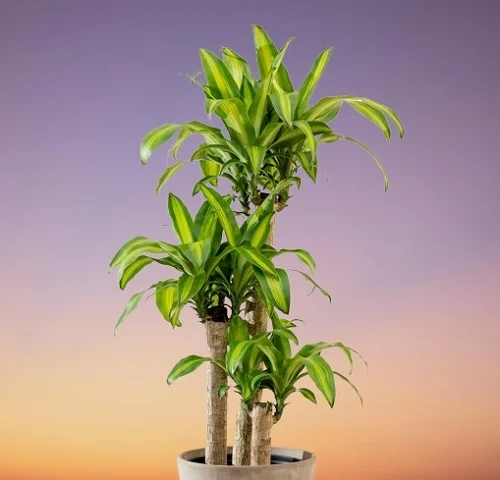
Corn Plant Common Problems and Fixes
Corn Plant (Dracaena fragrans) problems are yellow leaves, plant dying, brown leaves, brown leaf tips, pests and diseases among others. Read on for more on these problems, their remedies and solutions.
Yellowing leaves
Why are the leaves on my Corn Plant turning yellow?
The leaves on your Corn Plant are turning yellow due to too little light, overwatering, nutrients deficiency, temperature stress, low humidity, pests and diseases among others.
Check out these 14 reasons why Dracaena leaves are yellowing and how to fix them.
Plant dying
Why is my Corn Plant dying?
Your Corn Plant is dying due to root-rot disease, cold temperatures, and salts build up.
How to fix it
Root-rot: The disease is enhanced by soggy soil.
- Remove the plant from its pot, trim rotten roots, and treat the healthy roots with a copper-based fungicidal solution.
- Repot the plant in well-draining soil and keep it dry for 5-7 days before watering to help it recover.
- Use a pot with a drainage hole and free-draining soil to prevent the soil from getting soggy.
Cold temperatures: Keep the plant away from cold drafts and maintain an average warmth of 16-280C.
Salts buildup: Use chemical free water. Regularly flush out accumulated salts in the soil by running a stream of water through the soil until it comes out through the drainage hole.
Brown leaves
Why is are the leaves on my Dracaena fragrans turning brown?
Some of the causes of brown leaves on your Dracaena fragrans are direct sunlight, low humidity, and underwatering.
How to fix it
Direct sunlight: Keep the plant away from direct sunlight or instal a light curtain or sheer to filter the sunlight.
Low humidity: Set the pot on a wet pebble tray, use a humidifier or grow the plant in a well-lit bathroom.
Underwatering: Water when the top 1-2 inches of soil dry. Never allow the soil to dry out completely.
Brown leaf tips
Brown leaf tips in Corn Plant are caused by dry air, underwatering, salts accumulation, and drafts.
How to fix it
Dry air: Set the pot on a wet pebble tray or use a cool mist humidifier to raise humidity. You may also grow the plant in the humid areas in the home.
Underwatering: Maintain the soil consistently moist and do not allow the soil to dry out completely.
Salts accumulation: Use rain water or filtered water. Flush out salts from the soil every 1-2 months.
Drafts: Protect or place the plant away from drafts emanating from windy doors, drafty windows, AC units, heat sources among others.
Pests
Common pests in Dracaena fragrans are mealybugs, scale insects, and spider mites. Isolate the affected plant to prevent spread to other plants and treat it with neem oil or insecticidal soap. Take care to follow the manufacturer's instructions on the label.
Conclusion
Corn Plant (Dracaena fragrans) is a low-maintenance, air-purifying houseplant that thrives with proper lighting, moderate watering, and occasional pruning. By following these care tips and troubleshooting solutions, your plant will remain lush and vibrant for many years.
Frequently Asked Questions
1. How do you take care of Dracaena fragrans?
To care for Dracaena fragrans give it bright indirect light, average warmth of 16-280C, humidity of 50-55% and consistently moist, rich, well-drained soil coupled with monthly feeding in the growing season.
.2. Do Corn Plants like sun or shade?
Corn Plant flourishes in bright indirect light. It can tolerate lower light but growth will be much slower. It does not like direct sunlight as it can cause scorching.
3. How can I make Corn Plant grow faster?
To make Corn Plant grow faster, provide it with bright indirect light, fertilize every 4-6 weeks, and avoid frequent pruning.
4. Is Dracaena fragrans toxic to pets?
Yes, Dracaena fragrans is toxic to cats and dogs. If ingested, it can cause vomiting and drooling. Keep it away from cats and dogs.
5. Can you cut the top off a Corn Plant and replant it ?
Yes, you can cut off the top crown of leaves of a Corn Plant and replant it to grow a new plant. The shortened stem will grow into a bushier plant with multiple stems.
You liked it? Share on social media.
Related Content
Amazon Associates Disclosure
Homeplantsguide.com is a participant in the Amazon Services LLC Associates Program, an affiliate advertising program designed to provide a means for sites to earn advertising fees by advertising and linking to amazon.com.
